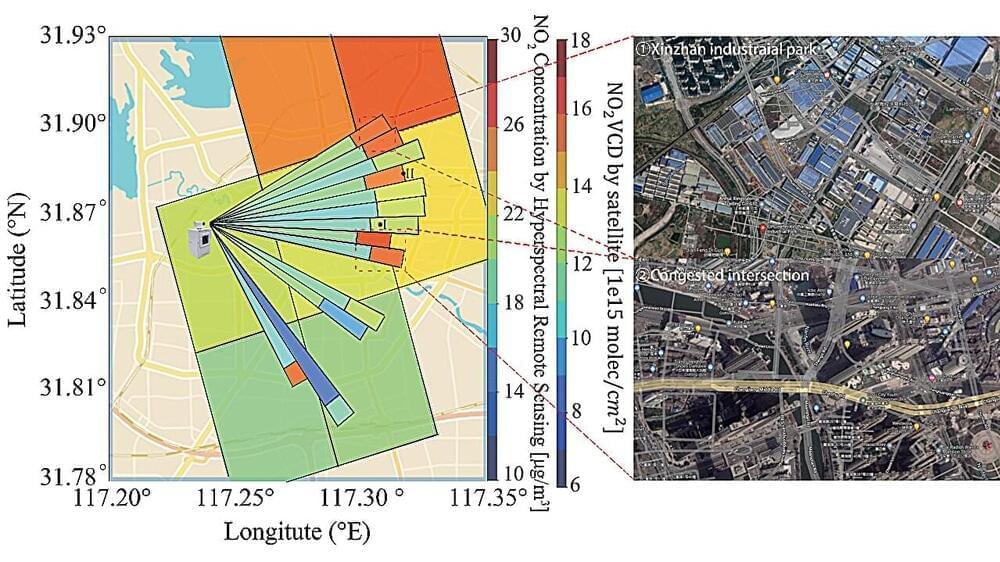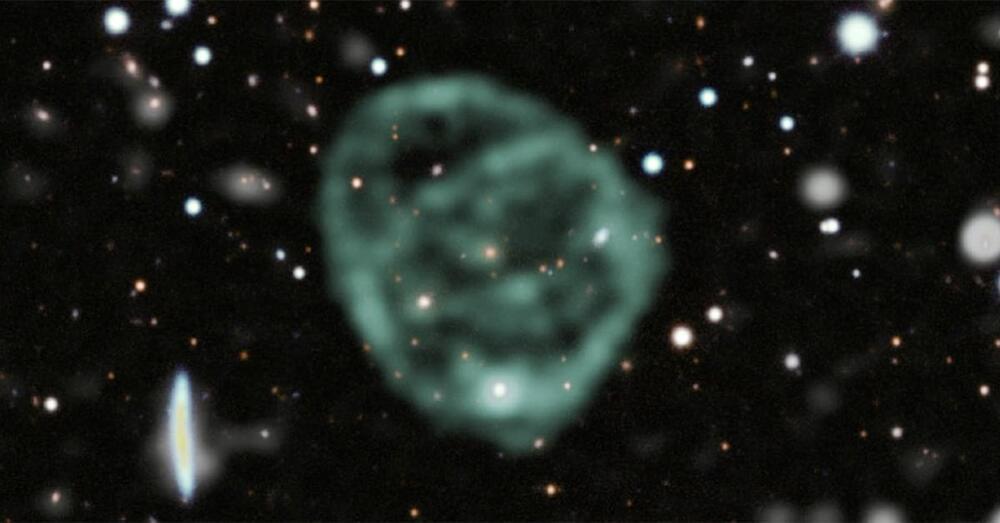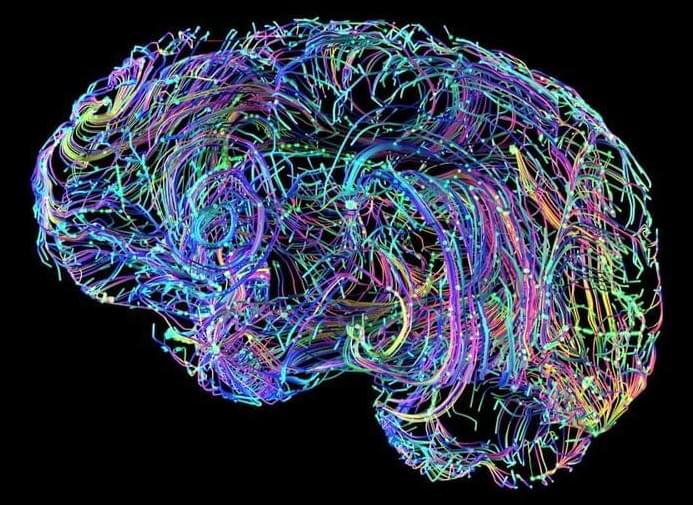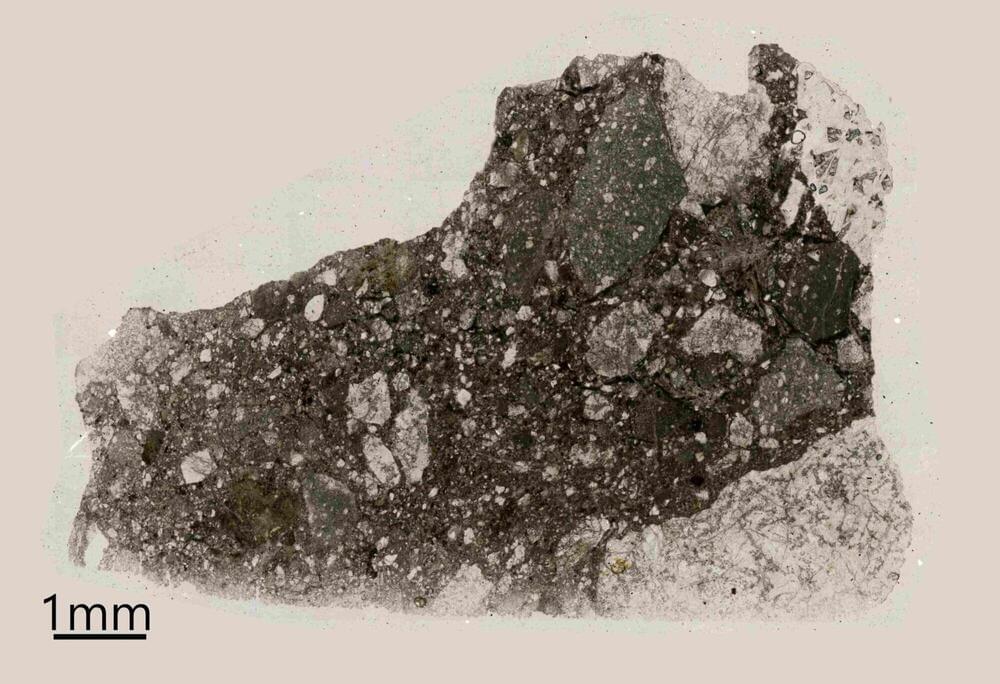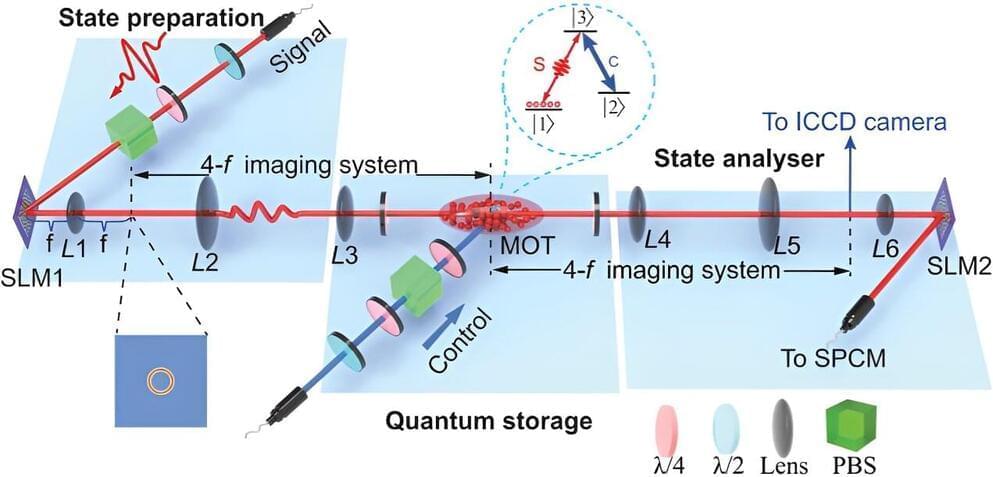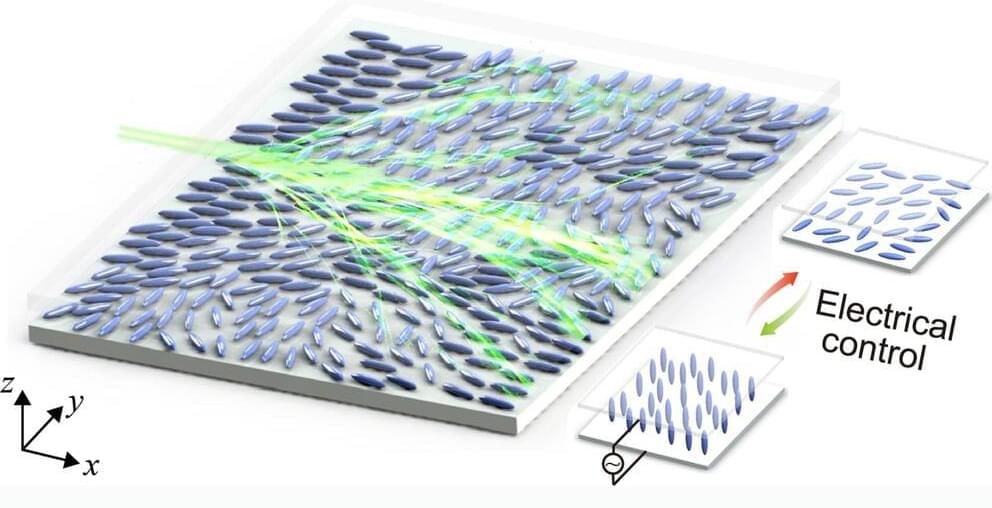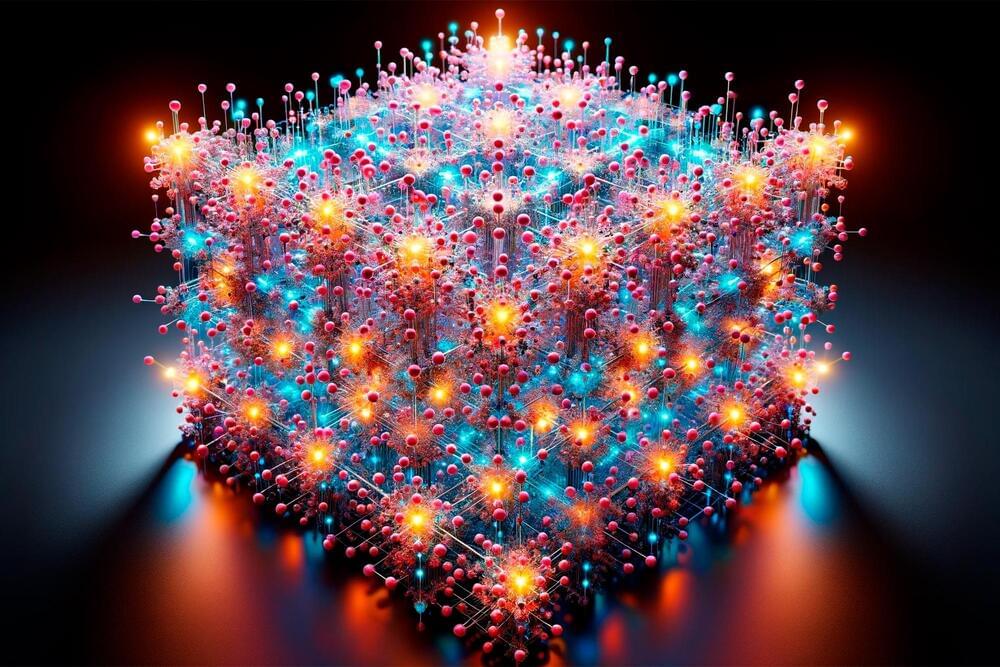Jan 16, 2024
Advanced hour-hectometer hyperspectral remote sensing for fine-scale atmospheric emissions
Posted by Saúl Morales Rodriguéz in category: futurism
A groundbreaking study by researchers from a number of institutions in China introduces a novel hyperspectral remote sensing technique capable of hour-hectometer level horizontal distribution of trace gases, offering an advanced tool to accurately identify emission sources.
The study was published in the Journal of Remote Sensing on 14 November 2023.
The research introduces a groundbreaking hyperspectral remote sensing method that delivers highly accurate, hour-hectometer-level insights into the horizontal distribution of atmospheric trace gases. This advanced technique utilizes effective optical paths (EOPs) within the ultraviolet (UV) and visible (VIS) spectral bands to measure average trace gas concentrations across various distances.
